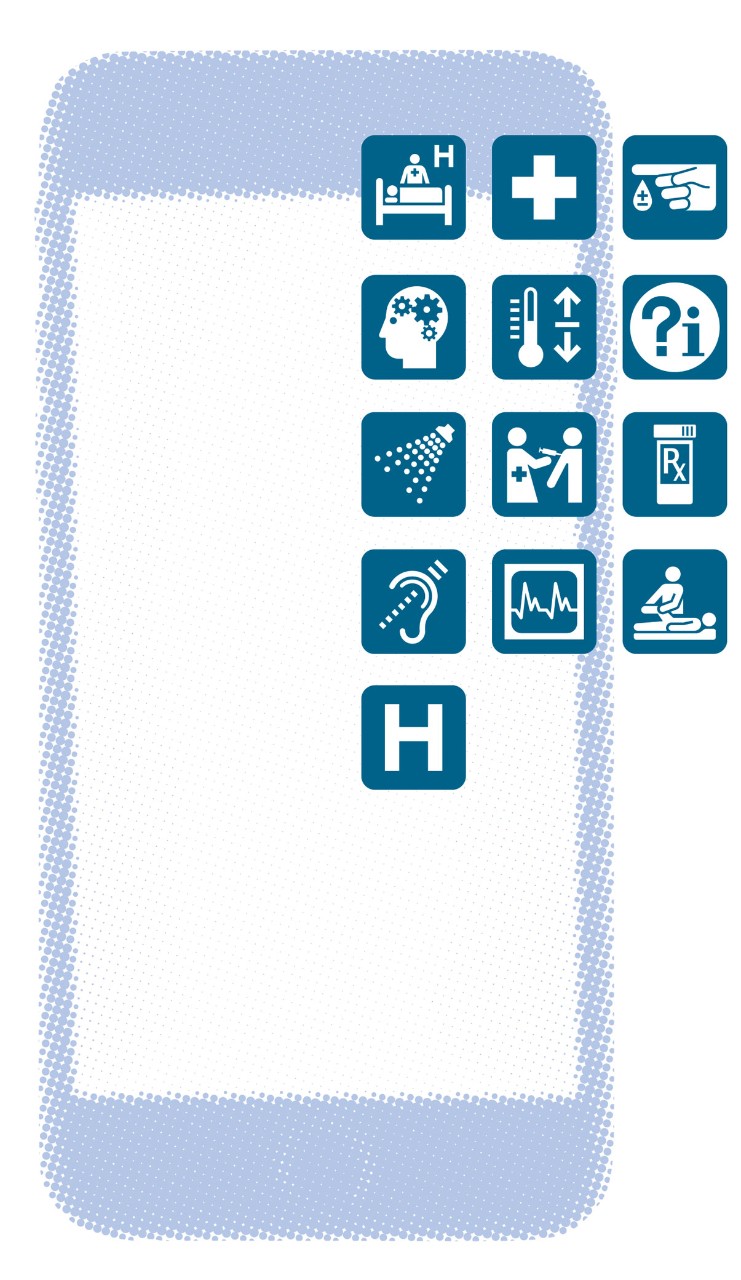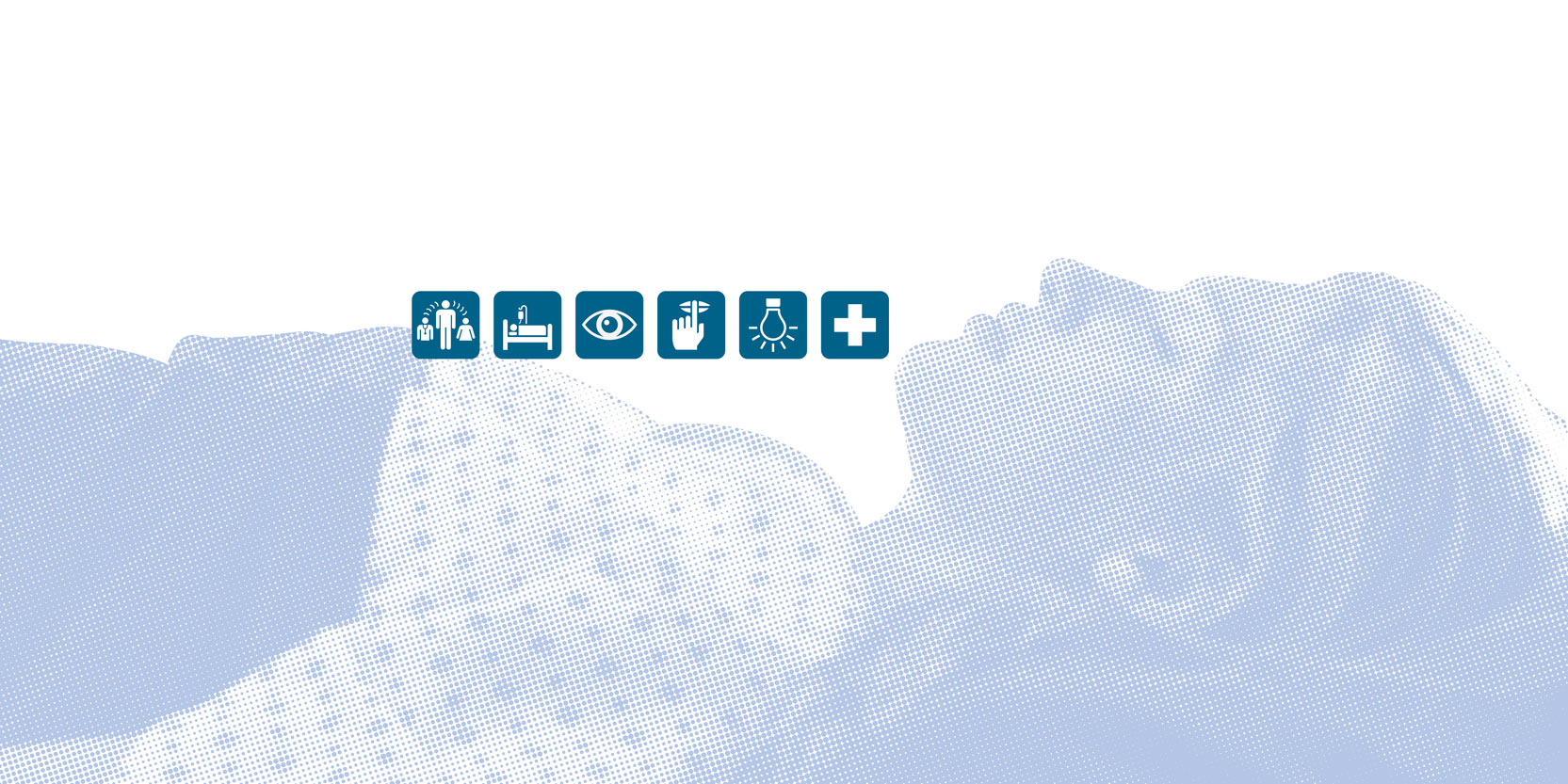Beeping monitors, a snoring roommate, and a clattering trash caddy out in the hallway regularly wake up hospital patients. Interruptions for vital sign checks, medication, phlebotomy visits, even baths keep patients awake much of the night. “Patients don’t come to the hospital for a good night’s sleep,” says Lichuan Ye. “But we’re trying to change that.”
That’s why the Agency for Healthcare Research and Quality awarded a two-year R21 grant to Ye, an associate professor at the Connell School of Nursing and the Boston College Haley Nurse Scientist. Working with a co-investigator and staff at Brigham and Women’s Hospital (BWH), Ye is developing a prototype of a sleep promotion toolkit, or “SLEEPkit,” that will engage patients in their own care and educate clinicians on how to improve sleep quality.
The fact is, says Ye, quality sleep doesn’t just increase patients’ comfort, it’s essential to their recovery and healing. It’s widely known that without sufficient sleep our immune systems suffer. But in hospital settings she has found that lack of sleep can also lead to delirium and even injurious falls, especially among the elderly. Based on that, it’s likely that poor sleep actually prolongs hospital stays and increases health care costs, says Ye, who earned an Excellence in Nursing Research Award from the American Nurses Association–Massachusetts in 2014 for her work on this issue.
This R21 grant is the latest of several grants Ye has been awarded to study sleep quality in clinical settings since she earned her Ph.D. from the University of Pennsylvania School of Nursing in 2008. (Her B.S.N. and M.S. are from Sichuan University, West China School of Medicine.) She has also researched sleep apnea, and wrote the chapter on that condition in the Oxford Handbook of Sleep and Sleep Disorders.
Many nurses know intuitively that patients need better sleep, says Ye. They hear complaints, and some devise makeshift solutions to problems. Perhaps they’ll dim the lights, mediate a roommate dispute over the TV volume, or ask staff at the nearest station to lower their voices at night. But hospitals generally don’t have procedures and protocols to promote better sleep. Nor do they have the kind of data that illustrates just how poorly patients sleep, and why. “We’re hoping to use an informatics strategy to address this issue,” says Ye.

The toolkit Ye is developing is an app, inspired by software her BWH co-investigator, Patti Dykes, created to help patients who are prone to falls. It will be accessible via a bedside iPad or on a patient’s own smartphone. Each morning, patients using the device will fill out a simple survey that describes how well they slept—or didn’t—and why. Based on that input, Ye says, “the software makes an assessment, and generates an actionable plan.” If a patient slept poorly because of pain or another complication related to a condition, for example, clinicians can adjust treatment. And if the disturbances are environmental, nurses can do things like dim the lights or speak more quietly in the hallway.
But the bigger culprit in causing sleep disturbance, Ye’s research shows, is nighttime patient care activity. “Some patients complain the blood pressure cuff will inflate or deflate every two hours and wake them up,” says Ye. “That [frequency] is probably unnecessary for most of them. Can’t we just change the setting?” In many hospitals, nurses wake patients when they check vitals every two hours, she notes. “Would it be possible to do it every four hours instead?” And if patients who must be woken up to take a prescription medication also need blood work done during the night, Ye asks, “Is there any possibility to cluster their care?” Could the nursing staff consolidate visits to minimize nighttime disruptions?
Another common complaint Ye hears is, Why does someone have to come at 2 or 4 a.m. to give me a bath? “It sounds ridiculous, but we’re doing that all the time because that’s the only time we have time!” Yet if such interruptions are contributing to fitful sleep and, therefore, hindering recovery, then the costs outweigh the benefits. “Just skip it,” says Ye of the 2 a.m. bath. “How about the nurse puts a sign on the door, ‘Do Not Disturb,’ so the nurse assistant won’t go in?”
The SLEEPkit app will give clinicians daily feedback on sleep quality, with minimal effort, and put a toolkit into patients’ own hands.
Over this past winter and spring, Ye and her Boston College student research assistants have been interviewing patients and clinicians as they develop survey questions and possible intervention strategies to plug into the new app. By the fall, Ye expects to test a prototype with a cohort of 120 oncology patients at BWH.
The information gleaned from the SLEEPkit app will provide clinicians with daily feedback, with minimal extra effort on their part. By putting into patients’ hands a toolkit that will collect their complaints and generate a simple set of steps that nurses can take in response, Ye aims to fold that assessing and planning work neatly into a hospital unit’s existing routine: a nurse won’t have to ask patients a series of questions every morning and devise a plan based on their answers because the software will have done that already.
And putting patients in charge will also help address yet another cause of sleep disturbance, says Ye: anxiety and other emotional distress—sometimes about their condition, and sometimes about why clinicians or assistants are waking them up and what they’re doing. “And it’s easy to address that,” Ye says. If, while filling out the SLEEPkit survey, a patient indicates that anxiety is affecting their sleep, then the software will do two things: it will provide links to recommended reading about their condition and care, and it will suggest that nurses and doctors have a conversation with the patient to explain what they’re doing and why. This will encourage better patient-clinician communication. “Just a couple minutes can make a significant difference,” says Ye.
In that sense, simply having the opportunity every morning to speak up regarding sleep quality will help many patients sleep better at night.
—Patrick L. Kennedy, artwork by Christine Hunt



